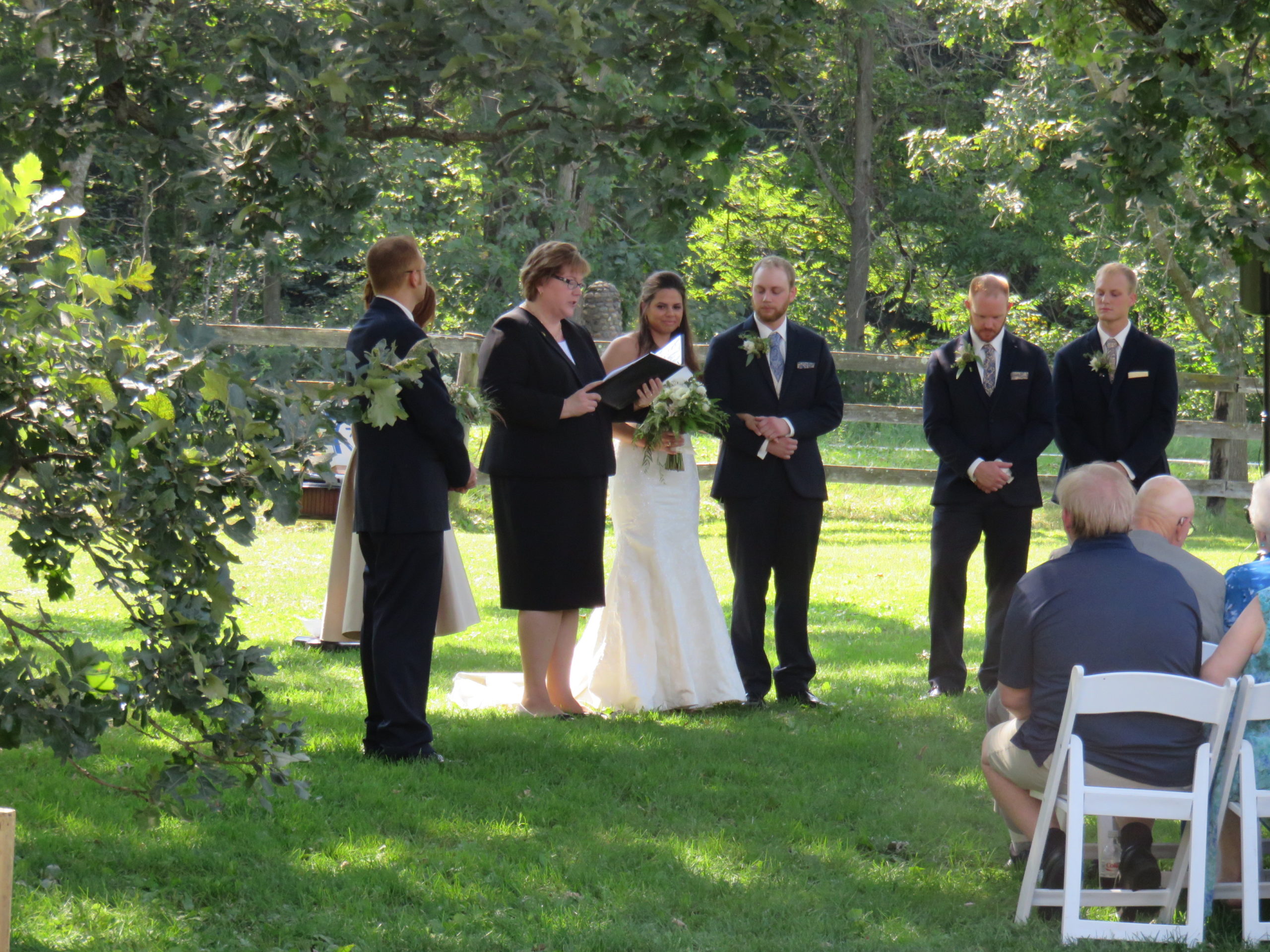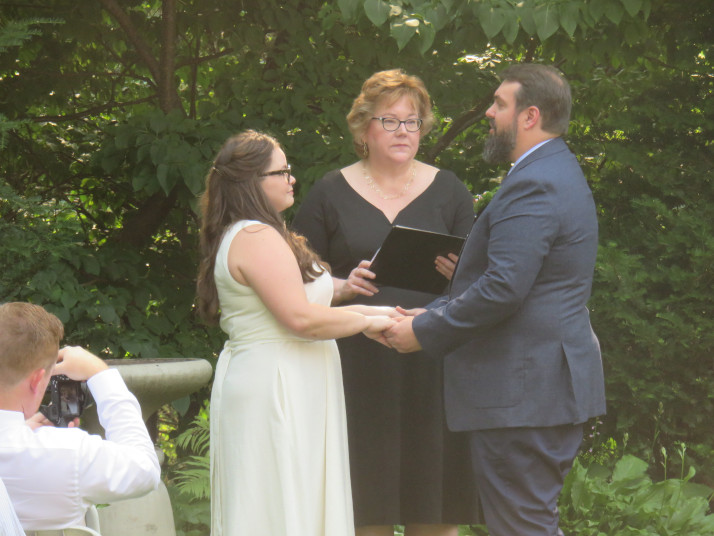Building Family Connections
Building Family Connections has been an unexpected benefit of my work as a Humanist Celebrant over the past 13 years. I’ve had the great good fortune to meet many wonderful couples and families as I’ve crafted wedding ceremonies, child welcoming ceremonies and memorial services. I am particularly touched when people who know my work seek my services for additional ceremonies through the years.
One of my earliest ceremonies was a memorial service for a man who was an immigrant from the Netherlands. He was the beloved patriarch of his family and we celebrated the rich and adventurous life he had led. Unfortunately, it was only a few years later when I was called on to celebrate his daughter’s life after her battle with breast cancer. A few years after that we gathered once again when the matriarch of the family died. Seeing the family repeatedly for these ceremonies was a gift to me as I learned more about them and saw firsthand the legacy of love and the values that remaining family members carry into the future.
On the wedding side of my business I’ve married sisters from one family, three brothers from another, and will shortly marry the sister of one of my previous grooms. In each of these cases the couples have seen me create and offer ceremonies for their siblings. They know and value the focus I place on the couple in wedding ceremonies. They understand that I work collaboratively with each couple to ensure the ceremony reflects their personalities and tells their stories. It’s fun to see these families through the years and reconnect over such happy events.
I’ve also had the privilege to create child welcoming ceremonies for multiple couples that I’ve previously married. And just last week I encountered the parents of one of my grooms from 11 years ago and heard about their happy marriage and two children. Building family connections like this is a true joy.
Through these repeated engagements I become something of a “family celebrant”, a role I cherish. Building family connections and being able to support families with all kinds of ceremony services is one of the best parts of my job. I never know when the next call for “repeat services” will come, but I’m always happy to catch up with familiar faces and honor the next milestone moment in their lives.


